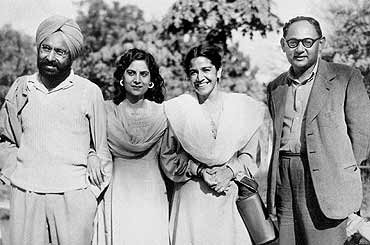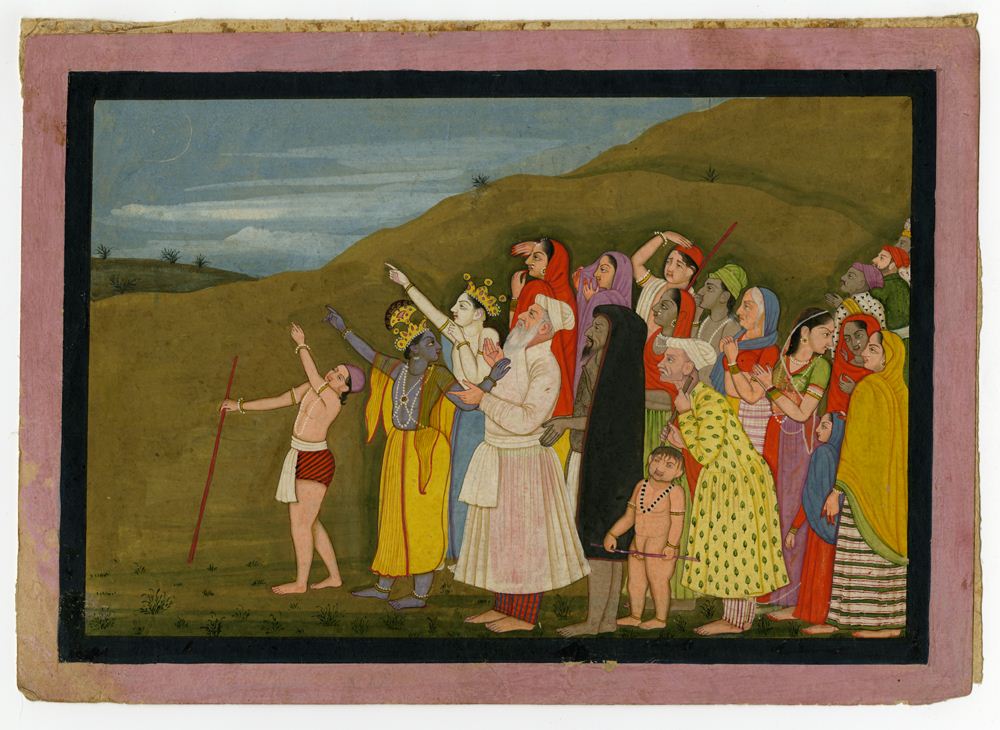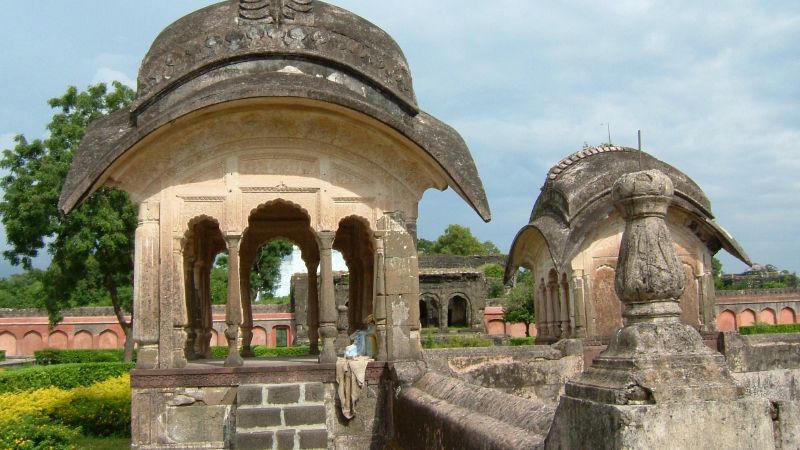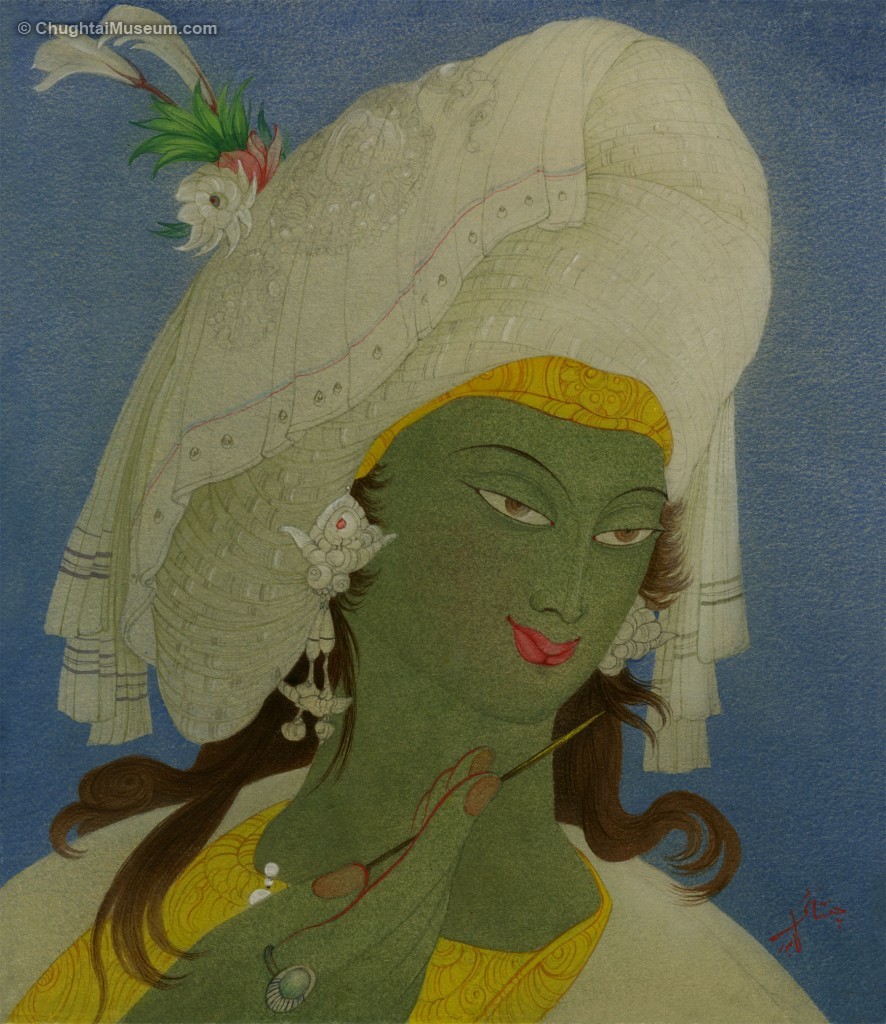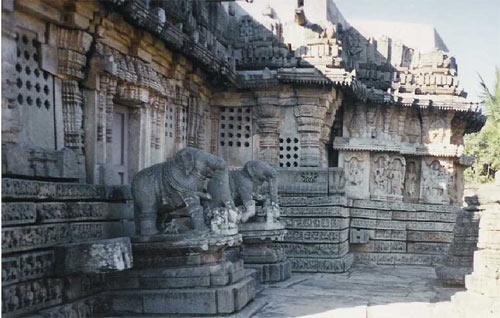LOVE PAKISTAN OR LEAVE PAKISTAN
MANTRA AGAINST PAKISTAN FOREIGN GENERATED AGENDA
Thanks Allah for Pakistan all the time!

The rant against Pakistan is not gone. You come across people talking against Quaid e Azam and Dr Allama Iqbal. Why? They feel that Pakistan should not have been created and it would have been better to remain with India. ASTAR KURWILLA! Study the position of Muslims in India and see the degeneration of Muslims there. Reduced to poverty of every kind, material yes, but even intellectual poverty is very much there. A few people visit Pakistan and start talking of feeling at home here. Do we go there and feel at home there!
A nation where clapping for the Pakistan cricket team is treason, they feel perplexed when we show no prejudice here at all. We have no small hearts. We are willing to accept many things, but not insult to our national leaders. A slap on the face of these idiots may bring them to their senses. A world famous zoologist recently visited India and bought coconut strips from a vendor outside his hotel. After a few purchases, they got friendly, and our Pakistani found out that this Muslim vendor had a PHD degree and was vending coconut for his daily living. Real great chance for Muslims there, yes! People who bask in glory here, should go there for some days and experience the real India, not the worthless hype on media.
Two nations lived together for a 1000 years and never became one. It is not Ideology they are craving for, it is merely geography. The need to annex territory. Expansion, that is all.
We find it written on car bumpers , windscreens as well as rickshaws. We should make it more clear now for all. Love Pakistan or Leave Pakistan! Or Pakistan will take you to task, as said by many about dhobi kay kutay; na ghar kay, na ghat kay. It is high time that our beloved Pak Army teach a lesson to these political dogs of our country.




